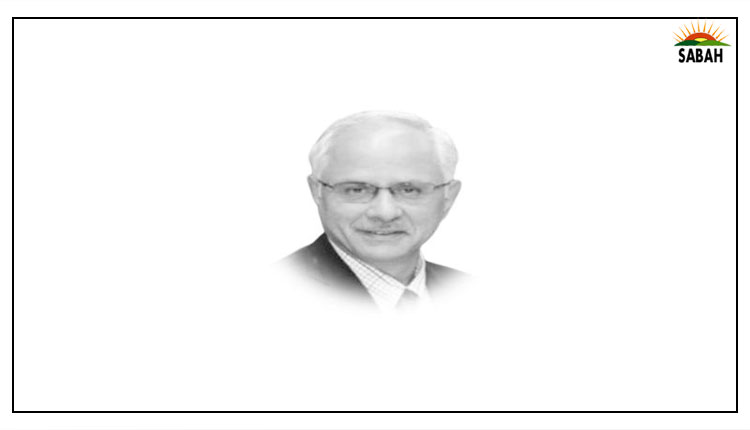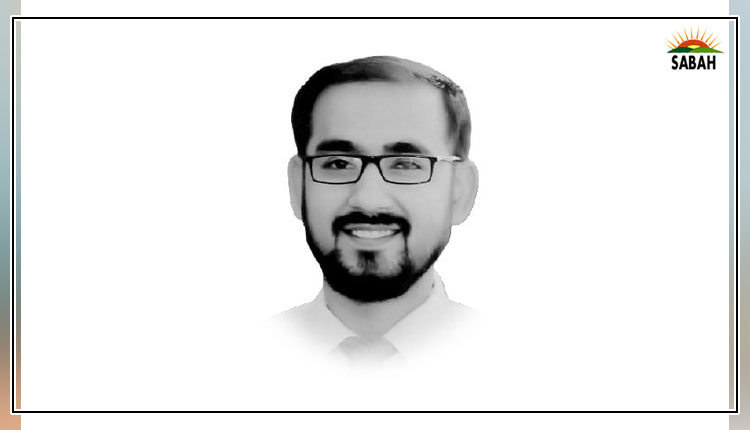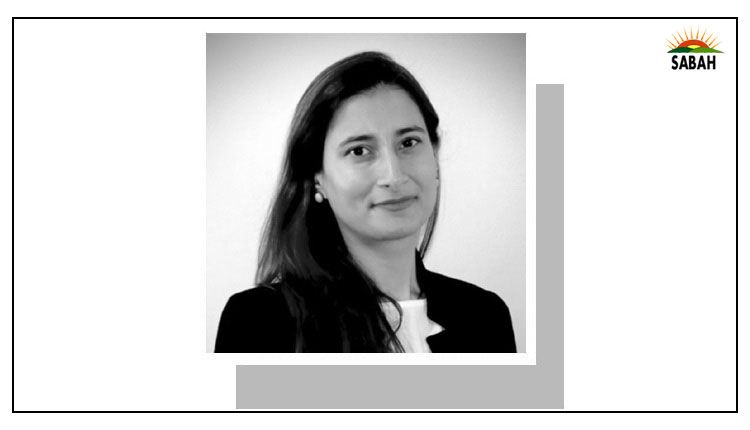A forgotten battle….Aneesa Agha
A HUNDRED years ago, the Legal Practitioners (Women) Act, 1923, was passed in British India, with a preamble that read: An Act for the removal of doubts regarding the right of women to be enrolled and to practise as legal practitioners. The tortuous wording may seem strange. Yet, it was necessary. The legislature was not taking any chances, not with the dubious jurisprudence emanating from the high courts of India at that time. In a valorous effort to refuse to read the clear text of the law, the esteemed judges had held that women were, in fact, not persons at least not in a conclusive manner.
In 1868, the General Clauses Act was passed, providing that words denoting the masculine gender also included females. Eleven years later, the Legal Practitioners Act laid out the rules and procedures for enrolling qualified persons into the legal profession. Since the General Clauses Act predated the Legal Practitioners Act, there was the added presumption that when crafting new legislation, the legislature is aware of all existing laws and circumstances. Reading these two acts together, no other interpretation seemed possible. Women were included in men, and even if not, surely they were persons?
Right?
Wrong. As the first generation of women who fought for their right to practice law discovered, the road to equality was fraught with obstacles.
As the first generation of women who fought for their right to practise law discovered, the road to equality was fraught with obstacles.
The first among these was Cornelia Sorabji the first female graduate from Bombay University and the first woman to study law at Oxford. Advocating for womens rights to practise law in India, she argued for the necessity of female lawyers to represent women in purdah, who faced restricted access to legal counsel. In 1897, she cleared the LL.B examination, which should have allowed her to enrol as a vakil. Vakils were indigenously trained lawyers who were considered a rank lower than barrister in the colonial legal hierarchy.
However, due to the lack of precedent, Cornelias application for enrolment as a vakil was denied. The then chief justice of the Bombay high court had reportedly said that a woman should not have anything to do with the law. A similar outcome resulted from her application to the Allahabad high court which was split on granting her the right to practise. But with the chief justices casting vote, they decided it would be impertinent for an Indian high court to admit women before England had set the precedent.
Next, Regina Guha and Sudhansu Bala Hazra, both armed with law degrees, applied for enrolment as pleaders in the Calcutta and Patna high courts respectively. The challenge in the Guha (1916) and Hazra (1921) cases stemmed from the fact that the General Clauses Act preceded the Legal Practitioners Act. Consequently, there was no logical reason to argue that parliament hadnt intended for women to be considered persons. Nevertheless, the judges in both cases engaged in extensive deliberations, ultimately reaching unanimous decisions that women were not, in fact, persons. Ignoring the time-tested legal maxim of just-read-the-text-of-the-law, the judges insisted that the legislature could not have intended to include women, even though the word person was explicitly used in the Legal Practitioners Act.
The persistence and tenacity of women like Sorabji, Guha and Hazra eventually led to the passage of the Legal Practitioners (Women) Act, 1923, which finally granted women the right to practise law.
A hundred years later, the promise of true equality in the profession remains unfulfilled. Women make up less than five per cent of the higher judiciary and bar representative bodies in Pakistan. Only 4pc of Supreme Court advocates are women. Women lawyers have been demanding greater representation at the bar and bench, yet the usual response ranges from the inane (Asma Jehangir did it, why cant you?) to the trivialising (But what about mens rights? Men get harassed in courts too) to the downright insulting (appointments are merit-based, not token seats). Such reactions are designed to erase womens fight for equality by not seeing the inequality in the profession.
The lack of maternity leave and childcare support is not considered inequality, despite its unequal effects on the career progression of male and female lawyers. The absence of sexual harassment policies at law firms, in courtrooms, in bar rooms, or other legal workplaces is not seen as discriminatory practice, although its consequences on the lived experiences of men and women are unequal. The failure to appoint a woman to the Supreme Court for 75 years is not seen as a deprivation of the rights of half the population, yet provincial representation on the Supreme Court is taken to be a self-evident and inviolable truth. We do not need signs blaring No women allowed if we can achieve the same result by sidestepping these inconvenient realities.
The underrepresentation of women in the legal field is not unique to Pakistan but our insistence on ignoring it as a problem definitely is. While other jurisdictions have invested in researching, debating, and implementing gender-inclusive reforms in the legal profession, our bar councils and judiciary seem unperturbed by our position at the bottom of all gender parity tables.
The flurry of legislative activity in the past few months including the Lawyers Welfare and Protection Act and the (now suspended) Supreme Court (Practice and Procedure) Act would have been great opportunities to address some of these shortcomings. Provisions similar to the ones allowing for compensation to advocates who are victims of terrorism could have been enacted for setting up a fund for maternity benefits for female lawyers. While the chief justices powers in relation to the constitution of benches were being curtailed, a requirement for the chief justice to ensure gender diversity in judicial appointments could have been enumerated.
It is crucial to address these ongoing challenges, whether through legislation or judicial reinterpretation, and work towards fostering a truly inclusive legal profession and guaranteeing meaningful participation of women in law.
The writer is a lawyer based in Lahore.
Courtesy Dawn, May 26th, 2023












